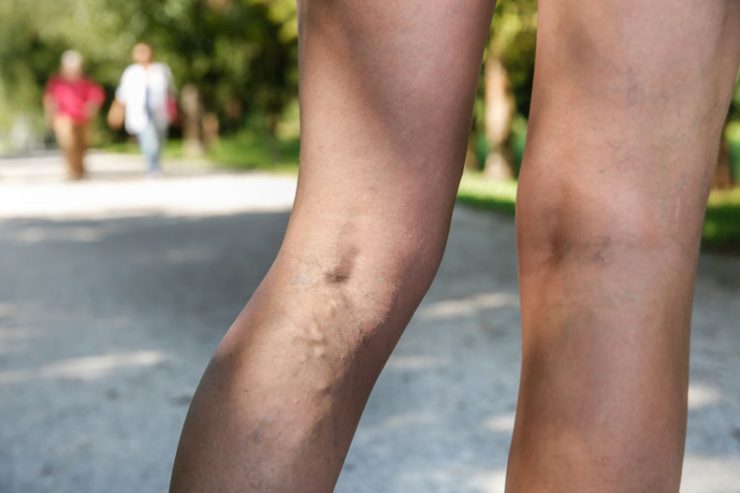Varicose veins easier to treat than you think. They are twisted and enlarged veins you can see near the surface of your skin which can be tiny or bulging, painless or throbbing. They are most common in the legs. Nearly half of us can expect to get spider or varicose veins, especially after age 50.
Symptoms of Varicose and Spider Veins
Some people do not have any symptoms in their legs. Others may have heaviness, burning, aching or tiredness.
What New Treatments for Spider and Varicose Veins are Available?
“The good news is that many techniques now make vein treatments more safe, comfortable, and effective,” says Ellen Dillavou, MD, head, Venous Services, UPMC Heart and Vascular Institute.
- Injections: Among the newest treatments for spider veins is a polidocanol injection. “It’s a cosmetic procedure that helps collapse surface veins,” says Dr. Dillavou. “Spider veins do reoccur, though, so expect to do ‘touch ups’ periodically.” Injections also are used for larger veins and may replace older procedures like a “vein stripping.”
- Radiofrequency ablation: a minimally invasive procedure in which radiofrequency energy seals the vein closed) is a popular treatment among her patients, says Dr. Dillavou, “because it’s comfortable and effective.”
Are Varicose Veins Dangerous?
“Varicose and spider veins typically don’t pose a health risk, but they may be signs of a deeper vein problem, such as chronic venous insufficiency (CVI),” says Dr. Dillavou. “It’s a visual cue that blood may not be flowing well from the legs to the heart.”
In more advanced cases of CVI, skin changes and ulcers can develop. “When these problems occur, they become more difficult to treat, so it’s important to always share your symptoms with your doctor,” says Dr. Dillavou.
Varicose veins are treated by Dr. Dillavou and other vascular specialists at Vein Centers in the Pittsburgh area, including the newest location at UPMC Passavant.
